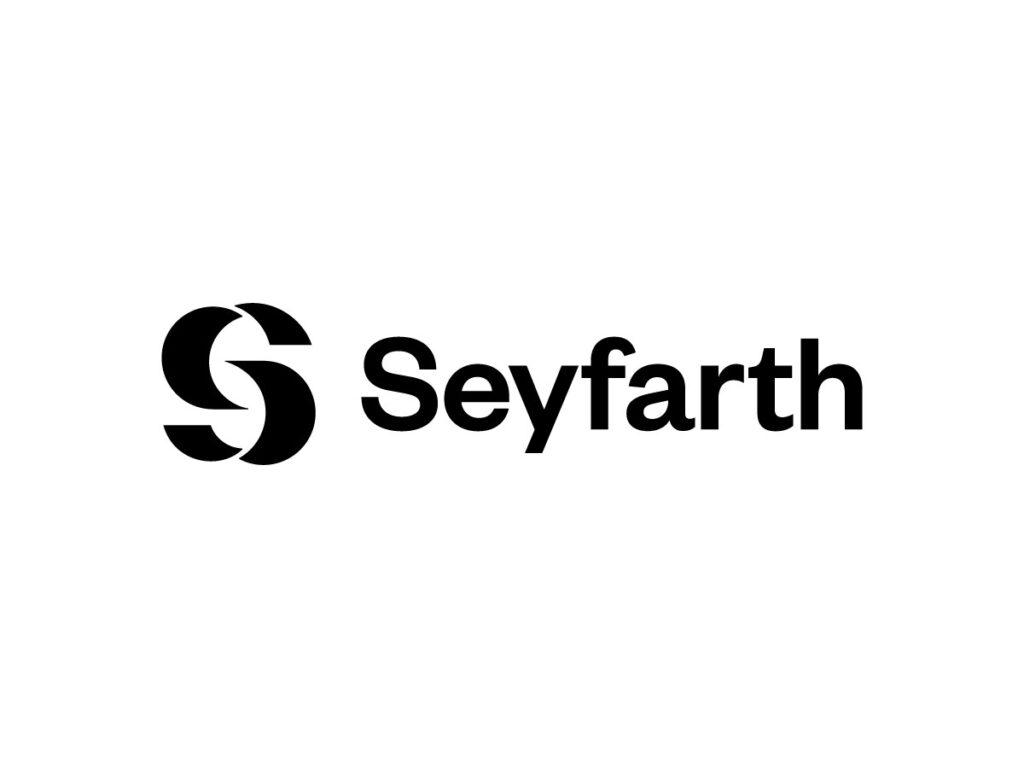Halloween is a time for goblins, ghouls, and—if you’re an inventor—a whole lot of creative thinking! Among the cauldron of Halloween patents, one particularly clever design stands out: a patented method for decorating pumpkins (and, technically, other fruits…but we’re not holding our breath for Halloween coconuts). Meet U.S. Patent 6,855,224, an invention that makes it easy to transfer intricate designs onto pumpkin surfaces.
This invention takes the hassle out of the traditional pumpkin pattern transfer process. These days, social media is full of reels showing tricks to make pumpkin carving a real treat. Still, for those of us who grew up carving with mom’s dull kitchen knife, we know the process can be harder than waking the dead, so you’ll appreciate the genius behind this idea. Here, the magic is in a patterned adhesive sheet that sticks directly to the pumpkin (or your “fruit” of choice). Just peel off the liner, press the sheet onto your pumpkin, and carve along the lines. And when you’re done? Just peel away the sheet to reveal a spooky, professionally styled creation! Gone are the days of dealing with fading marker outlines when trying to carve the pumpkin.



Interestingly, this patent isn’t just for pumpkins; it’s broad enough to cover all fruits and vegetables! But let’s be real, Halloween is a pumpkin’s night to shine. Broadening the scope is a classic patent strategy so that the invention can apply to a wide range of surfaces, just in case anyone decides that jack-o’-lantern watermelons should be a thing.
Interestingly, this patent only covers the method of decorating fruits and vegetables, not the product itself. Specifically, the claims protect a series of steps: providing the product, peeling the liner, sticking the adhesive pattern onto the pumpkin, and carving along the lines. While method claims can pack a punch in areas like communications, machine learning, or manufacturing, enforcement can be tricky when the method is direct to using a product because the “infringer” is the user of the product (i.e., the person carving the pumpkin). You’d have to be a real witch to enforce a patent against Halloween fans!
In some cases, when method claims are at play, patent holders may go after manufacturers or sellers of infringing products under an inducement theory. To prove inducement, the patent holder would need to show that a seller or manufacturer encouraged consumers to use the infringing product in a way that infringed on the patented method—usually through marketing materials or instructions. To overcome inducement allegations, the seller/manufacturer can show that the infringing product has non-infringing uses. For example, similar stencils could even be marketed as fun tools to decorate fruits and vegetables without carving along the lines!
Luckily for all the fruit and vegetable carvers out there, this patent expired in 2022, so there is no need to fear any courtroom frights! As you head out trick-or-treating this Halloween on the hunt for those elusive full-size candy bars, take a moment to appreciate the art of pumpkin carving. And who knows, maybe you’ll spot a carved fruit or two along the way!
